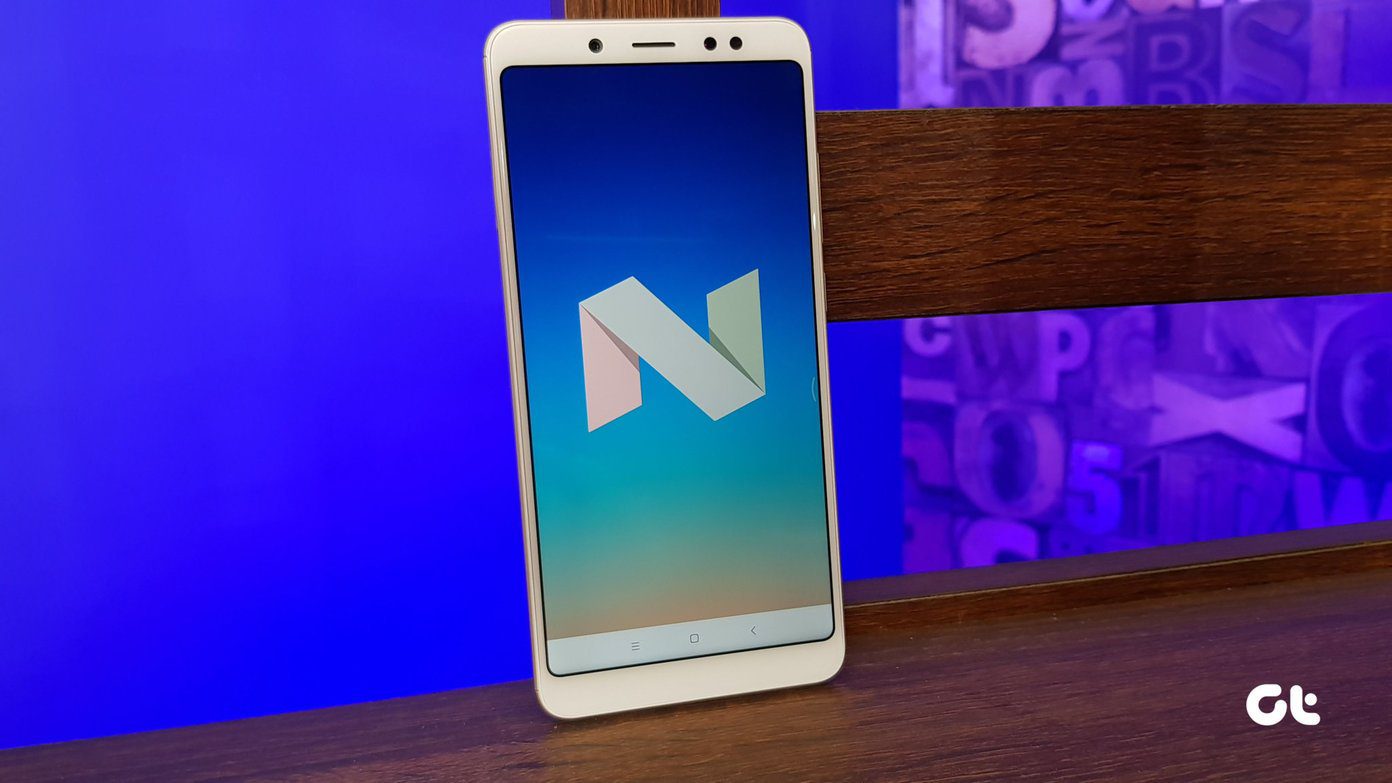By default, macOS comes with most-essential keyboard shortcuts to improve your productivity. But there can be times when you want to access certain menus or functions such as Notification Centre or Do Not Disturb mode repeatedly and miss the absence of those swift keyboard shortcuts. Thankfully, you can always assign custom keyboard shortcuts for them. The functionality doesn’t end here. You can also create keyboard shortcuts for third-party apps like Firefox, Pixelmator, and more. In this post, we are going to talk about how to create custom keyboard shortcuts on Mac. I will explain how you can simplify your workflow by setting up custom keyboard shortcuts for macOS menu, functions, and third-party apps. Let’s get started.
Create Keyboard Shortcuts for Frequently Used Words and Phrases
This one is similar to iOS. You can create keyboard shortcuts for frequently used words and phrases. I can’t emphasize enough how much time it has saved me over the years. You can set keyboard shortcuts for email ID, home address, and other phrases that you use frequently. Follow the steps below to set them up. Step 1: Tap on the Apple logo at the upper left corner and open System Preferences. Step 2: Navigate to Keyboard > Text. Step 3: Tap on the ‘+’ icon at the bottom left corner and add the shortcut for the phrase. For example, you can type ‘email’ in it and replace the phrase with your actual email ID. You can create as many keyboard shortcuts that you like in the macOS. I have created keyboard shortcuts for special characters including degree, rupee, and added a couple of my email addresses. I can simply type ‘degree’ and macOS will replace it with the degree symbol. Note: You can create a custom keyboard shortcut for email but don’t try to do the same for the password. Anyone using your Mac can access the Keyboard menu without any authentication. So, it’s not wise to create custom keyboard shortcuts for passwords.
Assign Keyboard Shortcuts for macOS Menu
As mentioned earlier, macOS comes with a ton of keyboard shortcuts to improve your productivity. But it doesn’t support all the menus and functions on the Mac. That’s where Mac keyboard customization options come in. You can look at default keyboard shortcuts in Mac, remove them, and even assign new keyboard shortcuts for other macOS menus. Go through the steps below to set them up. Step 1: Open Spotlight Search (use Command + Space keyboard shortcut) and type System Preferences in it. Step 2: Go to Keyboard > Shortcuts. Step 3: You will see a bunch of options on the left side. You can take a look at assigned keyboard shortcuts. You can disable the keyboard shortcut for it and even double tap on it and assign a new keyboard shortcut. In some options, you will see ‘none’ written on the sides. That means the system hasn’t assigned any keyboard shortcut to it, but you can add one based on your preference. For example, you can go to Mission Control and assign keyboard shortcuts for Show/Hide Notification Center and Turn on/off Do Not Disturb mode. macOS also allows you to add keyboard shortcuts for other services such as Pictures, Messaging, Files and Folder, Searching, Text, and Internet. For instance, I use Pixelmator to edit images. Instead of selecting images and then opening them from the context menu, I can assign a keyboard shortcut for it. Go to Services > Pictures > Open with Pixelmator Pro and assign a keyboard shortcut for it. Next time, just select the pictures that you want to edit in the app and use the keyboard shortcut to open them in the app and start editing. Note: Don’t assign a keyboard shortcut that’s already enabled in the macOS. Try to use a unique combination of keys that don’t interfere with other keyboard shortcuts on Mac.
Create App Keyboard Shortcuts
Most Mac apps do come with keyboard shortcuts support out of the box. But it might not be enough for you as they don’t support keyboard shortcuts for every menu or function. In such cases, you can always create custom app keyboard shortcuts. Step 1: Tap on the Apple logo at the upper left corner and open System Preferences. Step 2: Navigate to Keyboard > Shortcuts > App Shortcuts and tap on the ‘+’ icon at the bottom left corner. Step 3: You can either create a universal keyboard shortcut for all applications or go to a specific app. Step 4: Now, you need to enter the exact name of the menu command you want to add. Add menu title and keyboard shortcut for it. That’s it. You can now use the assigned keyboard shortcut in the app to access the relevant menu. Let me remind you again, be aware of setting a keyboard shortcut that may duplicate one that is already in use by another system function or app if they conflict with each other or fail to perform an action at all. The last thing you want is to go to the trouble of setting up a key combination that ultimately fails to perform the action.
Quickly Move Through Menus and Options on Mac
macOS offers the flexibility to customize and assign a keyboard shortcut to every menu and option on the OS. Go through the tricks above and customize the keyboard shortcuts you like and experience your productivity going through the roof. Are there any specific custom shortcuts you’ve created and would like to share them others? Mention them in the comments below. Next up: Are you looking to improve your productivity on Mac? Read the post below to find the seven best Mac apps to stay organized. The above article may contain affiliate links which help support Guiding Tech. However, it does not affect our editorial integrity. The content remains unbiased and authentic.















